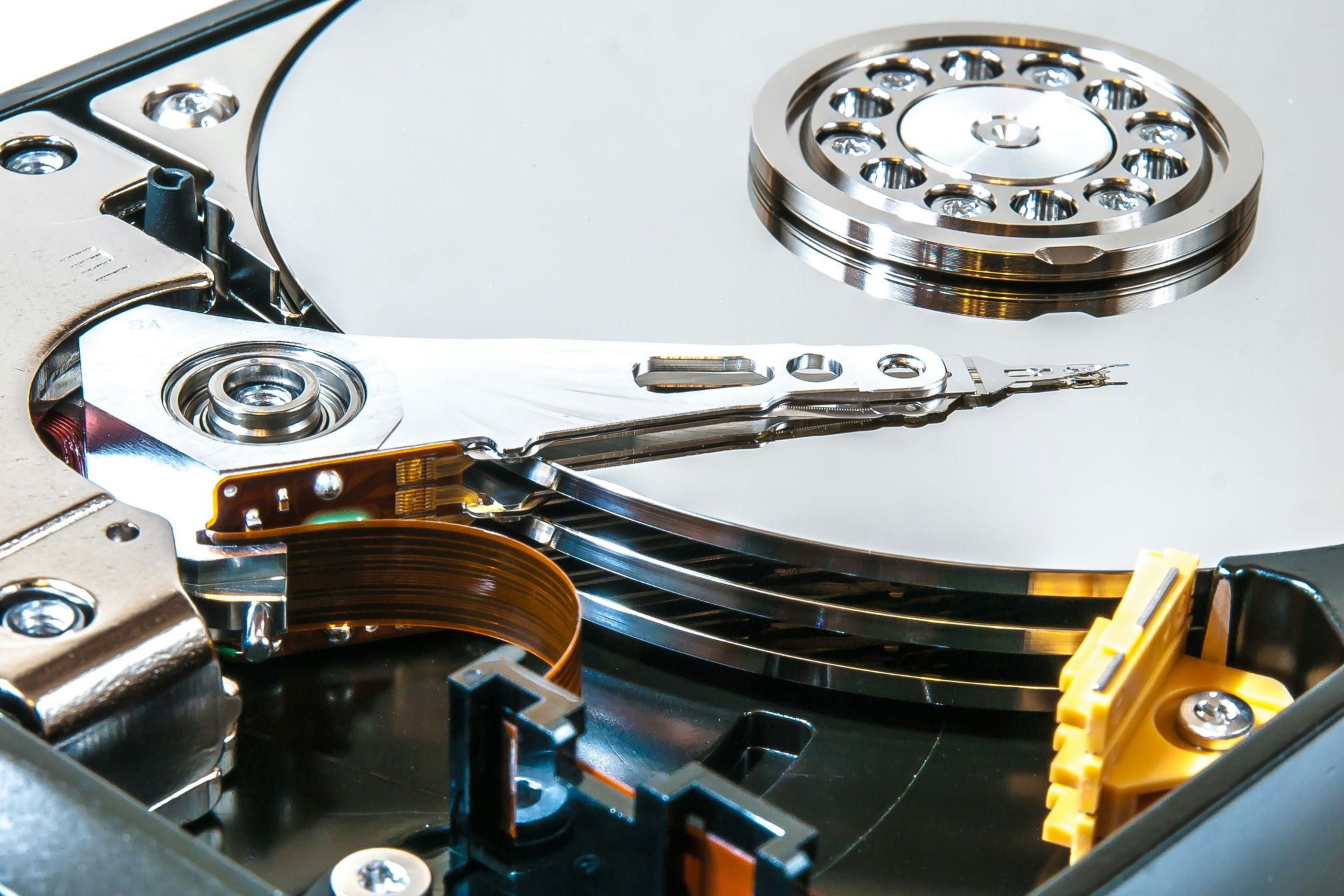Monday, January 6, 2025
Can I Recover My Data? A Guide to Understanding Drive Types and Recovery Challenges


Photo by William Warby on Unsplash
Understanding Different Drive Types and Their Challenges
Not all drives are created equal, and each type has unique challenges when it comes to data recovery. Here's a breakdown of the most common drive types and the issues they face:
1. Hard Disk Drives (HDDs)
- What are they? HDDs are traditional drives with moving mechanical parts.
- Common issues: Failures can be mechanical, electrical, or both.
- Recovery challenges: Hard drives are notoriously expensive to recover from, especially if they suffer physical damage. Donor drives may be needed to source replacement parts, which can be a hit-or-miss process. Age and model variations can complicate matters further.
2. Solid State Drives (SSDs)
- What are they? SSDs use flash memory, with no moving parts.
- Common issues: Failures are typically electrical, but if the flash memory becomes corrupt, recovery is often impossible.
- Recovery challenges: Unlike HDDs, there are no mechanical components to replace. This means a critical failure in an SSD often leaves little to no room for recovery.
3. Removable Media
- What are they? These include USB drives, SD cards, and external HDD/SSD drives.
- Common issues: Most removable media relies on solid-state technology, though some external hard drives may have mechanical components.
- Recovery challenges: Issues vary depending on the type of media, but electrical failures are common. Specialized tools are often required to diagnose and recover data.
Types of Damage: Physical vs. Electrical
When diagnosing a drive failure, it’s important to distinguish between physical damage and electrical issues, as this affects both the recovery process and the likelihood of success.
Physical Damage
- Most common in: Hard disk drives.
- Causes: Poor ventilation leading to overheating, accidental drops, or general wear and tear.
- Key warning sign: Clicking or unusual noises, often caused by a malfunctioning head.
- Risks: Continuing to power on a physically damaged drive can worsen the problem. For example, a faulty head can scratch the platters where your data is stored, making recovery impossible.
Electrical Damage
- Most common in: Solid-state drives and removable media.
- Causes: Power surges, overheating, or failed circuit components.
- Key warning sign: No response when connecting the drive to a computer.
- Risks: Electrical repairs should only be attempted by professionals. For HDDs, issues with the PCB (Printed Circuit Board) may require specific replacement parts.
The Recovery Process: What You Need to Know
If you're determined to attempt data recovery, follow these steps with extreme caution. Remember, every attempt carries the risk of worsening the situation.
Step 1: Isolate the Drive
If the drive is part of a computer, remove it to prevent further damage from operating the system.
Step 2: Assess the Type of Drive
Understand whether you’re dealing with an HDD, SSD, or removable media. This will guide your next steps.
Step 3: Address Mechanical Issues First (for HDDs)
If you suspect a mechanical issue, do not proceed further without addressing it. This often requires specialized tools and expertise. Never open the drive’s chassis yourself—this should be done in a clean room by professionals to avoid contamination.
Step 4: Create a Clone of the Drive
Creating a clone is critical to minimize the risk of permanent data loss. Use tools like ddrescue on Linux to create a bit-for-bit copy of the drive. Linux allows for more granular control, and you can mount the drive as read-only to avoid accidental writes.
- Why cloning matters: Failing drives can deteriorate quickly, and working on a clone protects the original data.
Step 5: Recover Data from the Clone
Once you have a cloned copy, you can attempt to recover data from it. This is where software tools or professional services come into play.
Why Professional Help Might Be Your Best Option
Data recovery is a delicate process, especially when dealing with mechanical failures or corrupted flash memory. Without the proper tools, knowledge, and controlled environment, you risk causing further damage to the drive. A single mistake—like exposing a hard drive’s platters to dust—can render your data permanently irrecoverable.
Professionals have access to:
- Clean rooms for physical repairs.
- Specialized tools for diagnosing and repairing circuit boards.
- Advanced cloning and recovery software.
A Simplified Data Recovery Workflow
Here’s a high-level overview of the steps a professional might take:
- Identify the type of drive (HDD, SSD, or removable media).
- Remove the drive from the device and isolate it.
- Diagnose and address any mechanical (HDD-specific) or electrical issues.
- Connect the drive to a cloning computer running Linux.
- Mount the drive as read-only.
- Use ddrescue for an initial clone, capturing as much data as possible.
- Perform additional passes with ddrescue to recover remaining data.
- Transfer the recovered data to a new drive for delivery to the customer.
This workflow is simplified; the actual process involves many more steps and specialized techniques.
Final Thoughts: Proceed with Caution
Recovering data from a failed drive is no small task. While it’s possible to attempt recovery on your own, you should only do so if you have the technical skills and tools required. For most people, consulting a professional is the safest and most effective option. Data is often irreplaceable—don’t risk losing it forever by attempting recovery without the proper expertise.
